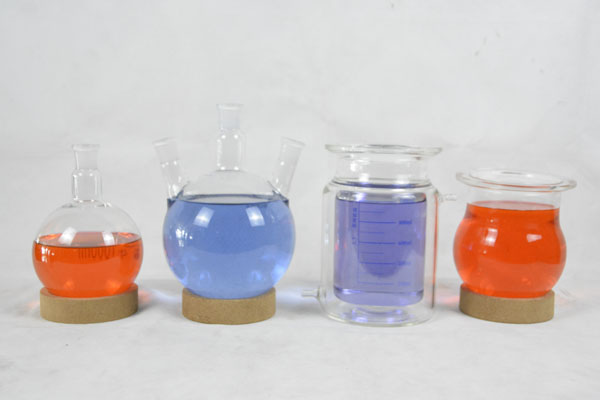A laboratory rotary evaporator has many glass fittings, such as flasks, condensers, and glass discharge valves etc. These glassware often have residues at the end of the distillation process, making it difficult to clean if heated at high temperatures or left for long periods of time. The experiment effect will be affected if glasswares are not cleaned in time. Then how to clean glasswares? When is the best time to clean? What detergent is used to clean the glass portion of a laboratory rotary evaporator?

How to clean the laboratory rotary evaporator glasswares?
For glasswares with attachments that are difficult to remove, the best way is to choose appropriate detergent to dissolve the attachment before cleaning. For the glassware with fine and complicated structure, if the brush cannot be cleaned, the washing liquid can be used for leaching. When the glassware is upside down, a uniform water film is formed on the wall of the glassware, and no dripping beads can flow down. At this time, it means that glasswares of a rotary evaporator has been cleaned.
When to clean the laboratory rotary evaporator glasswares?
Generally speaking, the best time to clean glasswares is right after the experiment. But there are exceptions. For example, after some solutions pour out the residual liquid in time, the glass inner wall seems to have no attachment, but after being used for a period of time, the attachment will occur and it is not easy to clean. Even some chemical substances can react with the glass itself. If not cleaned in time, glasswares will be absolutely damaged. Therefore, users should judge the cleaning time according to the characteristics of the chemical substance reacted by the laboratory rotary evaporator.
What detergent is used to clean the glass portion of a laboratory rotary evaporator?
Synthetic detergent is most common, but it isn’t suitable for insoluble substances. So we need to choose the detergent according to the nature of the attachment. When the attached substance is an alkaline substance, it is washed with dilute hydrochloric acid or dilute sulfuric acid; when the attached substance is an acidic substance, a sodium hydroxide solution is used; if the attached substance is a substance which is not easily dissolved in an acid or a base but is soluble in some organic solvent, such a type is used. Organic solvent is used as a detergent. Please don’t blindly mix the various reagents for detergent use, which not only wastes the drug but is also dangerous.
The above is the introduction to the washing methods of a rotary evaporator glasswares provided by Lanphan technology. If you have any other questions, please feel free to contact us.
Related Articles:
https://www.rotovap.cn/rotary-evaporator/1288.html
https://www.rotovap.cn/rotary-evaporator/6314.html
https://www.rotovap.cn/rotary-evaporator/4433.html